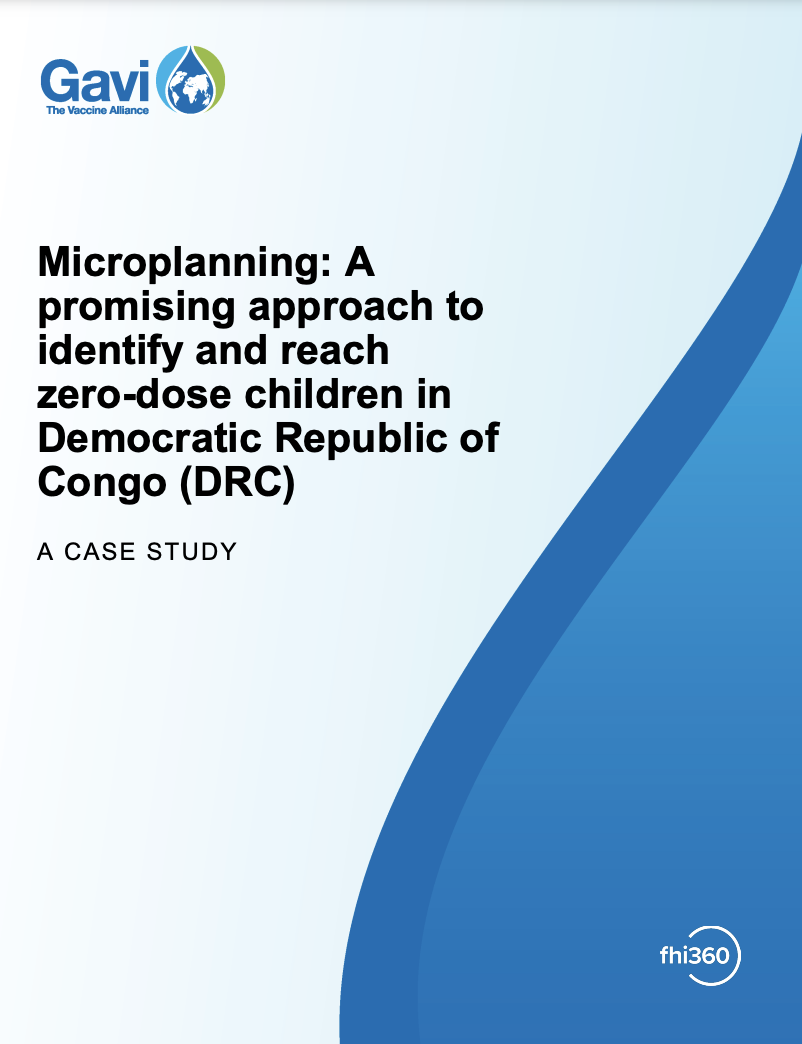Using GIS and Machine Learning to Classify Residential Status of Urban Buildings in Low and Middle Income Settings
Utilising satellite images for planning and development is becoming a common practice as computational power and machine learning capabilities expand. In this paper, we explore the use of satellite image derived building footprint data to classify the residential status of urban buildings in low and middle income countries. A recently developed ensemble machine learning building classification model is applied for the first time to the Democratic Republic of the Congo, and to Nigeria. The model is informed by building footprint and label data of greater completeness and attribute consistency than have previously been available for these countries. A GIS workflow is described that semiautomates the preparation of data for input to the model. The workflow is designed to be particularly useful to those who apply the model to additional countries and use input data from diverse sources. Results show that the ensemble model correctly classifies between 85% and 93% of structures as residential and nonresidential across both countries. The classification outputs are likely to be valuable in the modelling of human population distributions, as well as in a range of related applications such as urban planning, resource allocation, and service delivery.
| Authors | Christopher T. Lloyd, Hugh J. W. Sturrock, Douglas R. Leasure, Warren C. Jochem, Attila N. Lázár, and Andrew J. Tatem |
|---|---|
| Source | Remote Sensing |
| Published | November 2020 |



